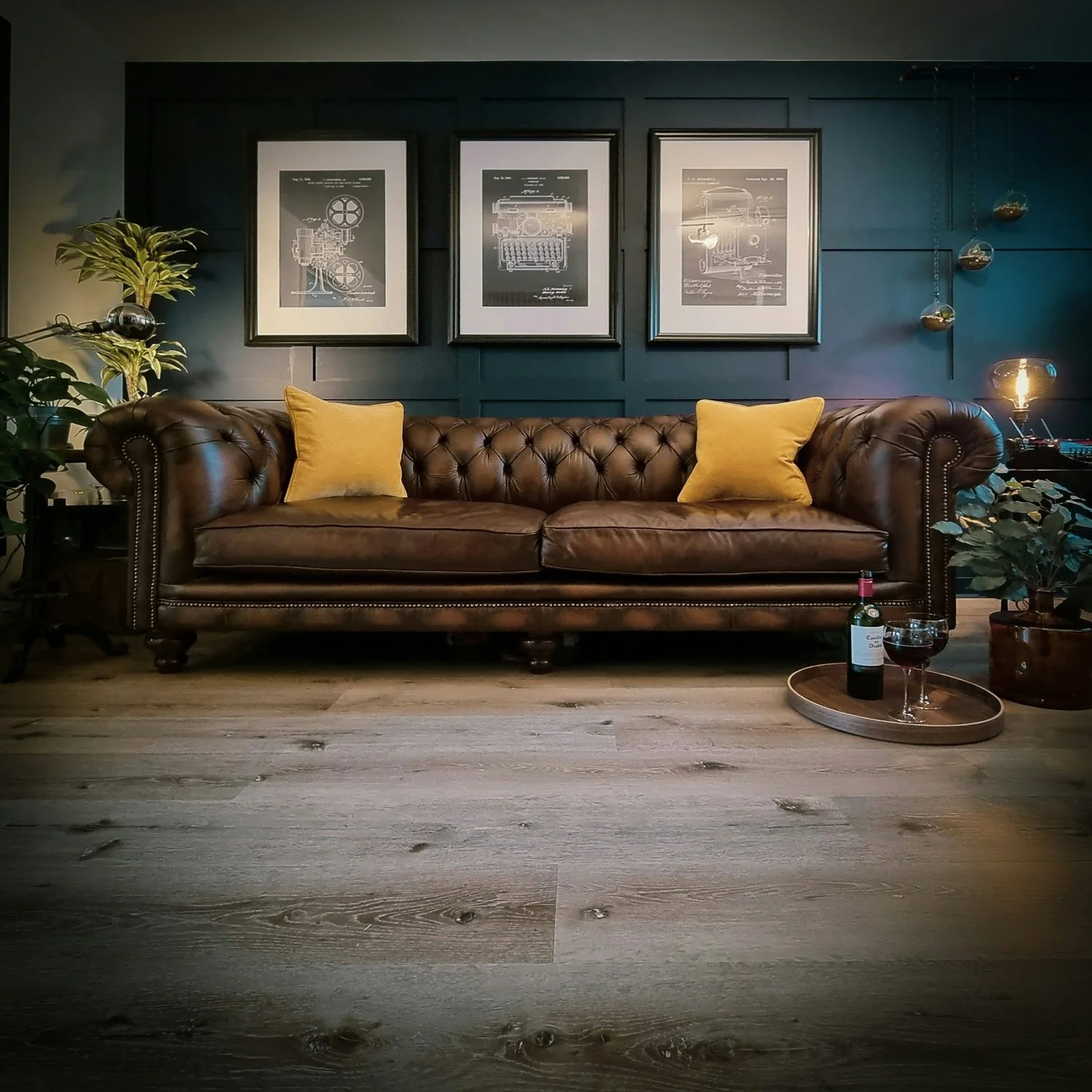When we think of the Chesterfield sofa, it’s easy to dismiss it as just another piece of classic furniture - timeless, yes, but ultimately decorative. Yet this iconic design has roots in more than just aesthetics. Legend has it that the Chesterfield was commissioned in the 18th century by Lord Philip Stanhope, the 4th Earl of Chesterfield, with a very specific purpose: to allow gentlemen to sit upright without wrinkling their perfectly tailored clothing. This wasn’t just about comfort - it was about projecting an image, a philosophy of refinement and control.
The design itself was revolutionary for its time. The deep, button-tufted leather upholstery, low back, and rolled arms created a structure that exuded both elegance and restraint. It wasn’t a piece of furniture you slouched in- it was a seat you inhabited with purpose. And that’s what makes the Chesterfield fascinating. It wasn’t just built to serve a function; it was built to embody an ideal.
Over the centuries, the Chesterfield sofa has shed its exclusive aristocratic ties, becoming a staple in homes, hotels, and offices worldwide. Its adaptability has kept it relevant, with modern versions experimenting with bold fabrics, brighter colors, and unexpected shapes. And yet, the essence remains unchanged: the Chesterfield is more than a sofa. It’s a statement, a silent testament to the power of thoughtful design.
